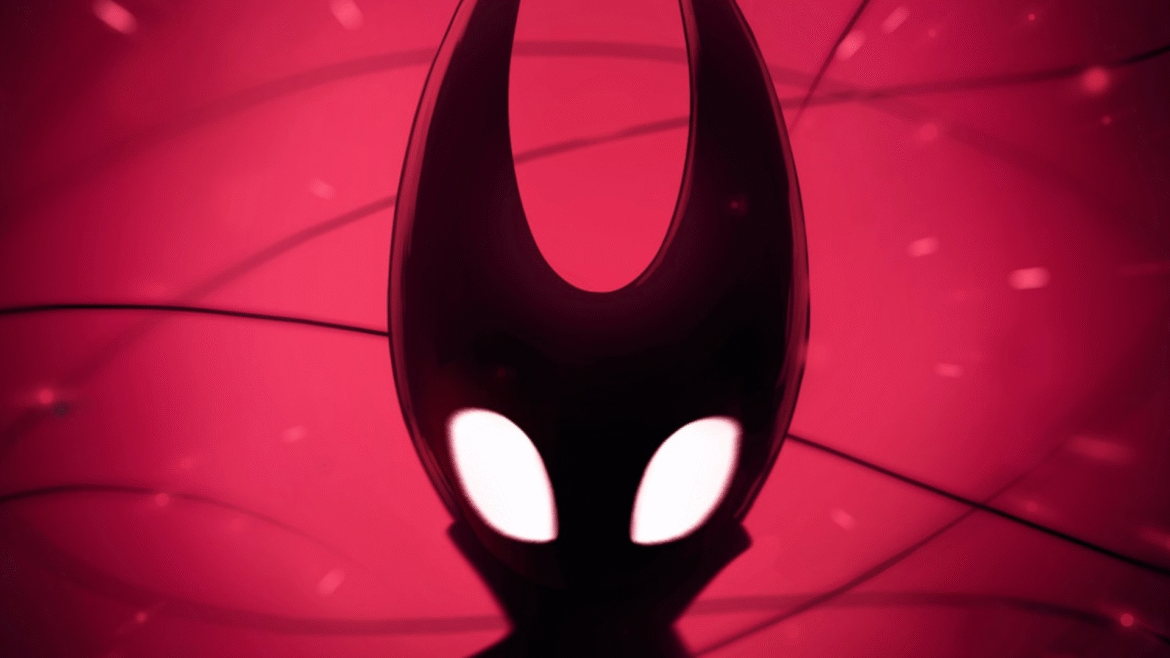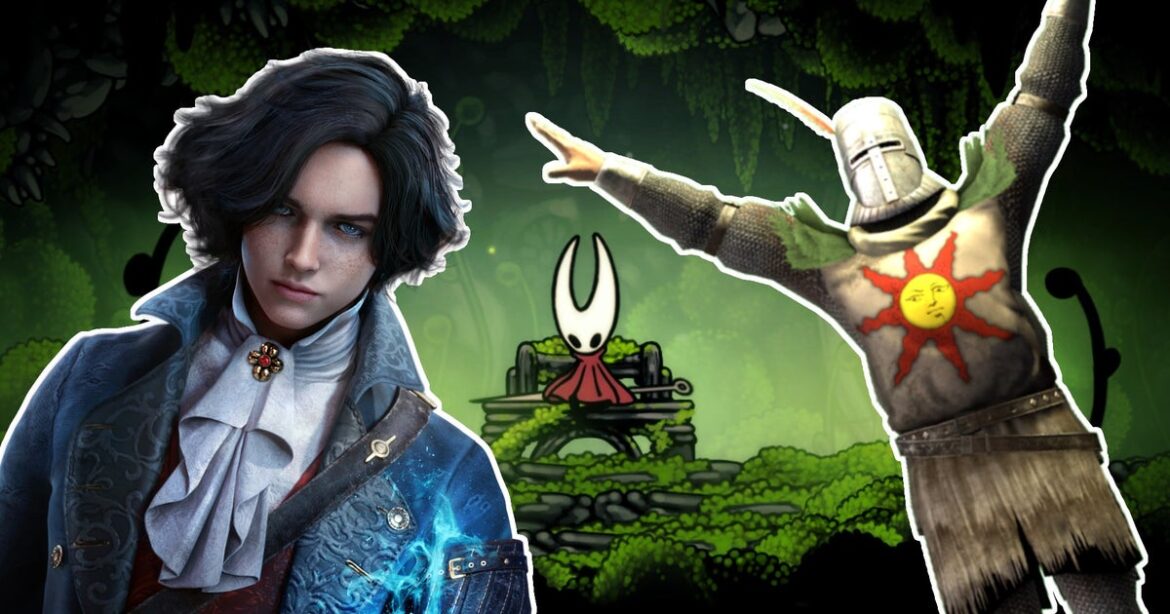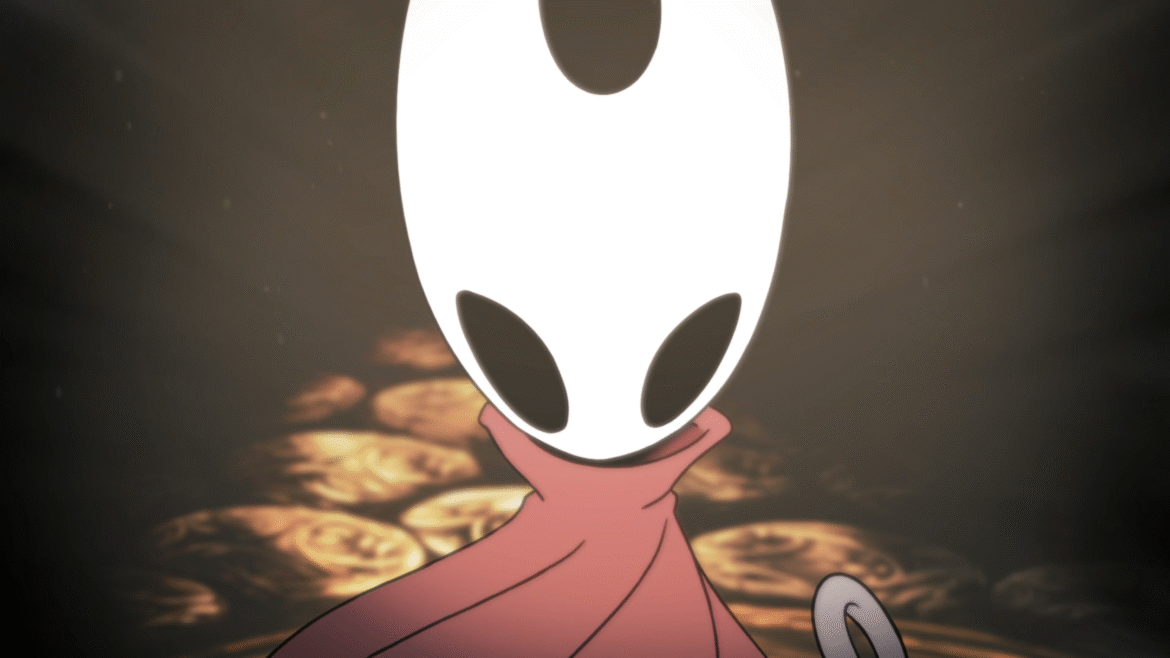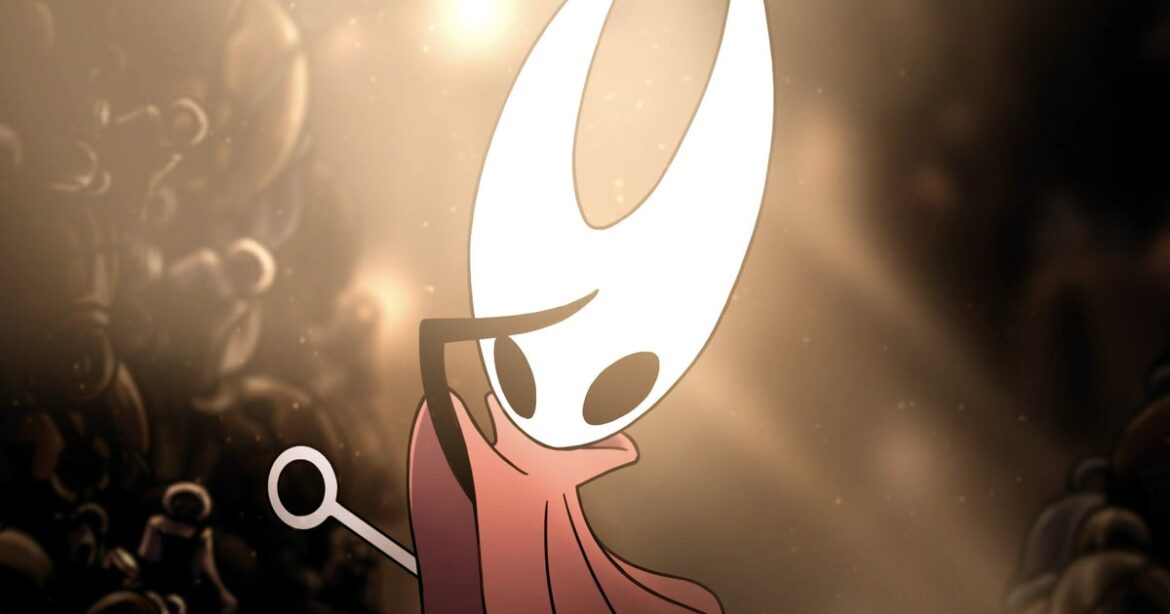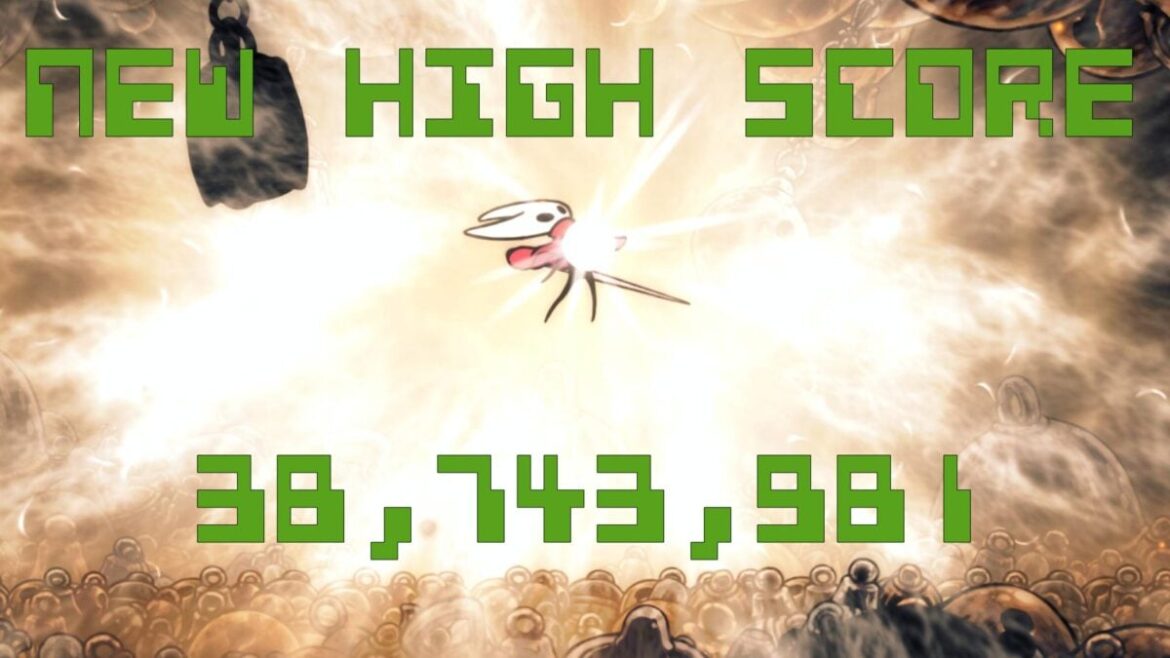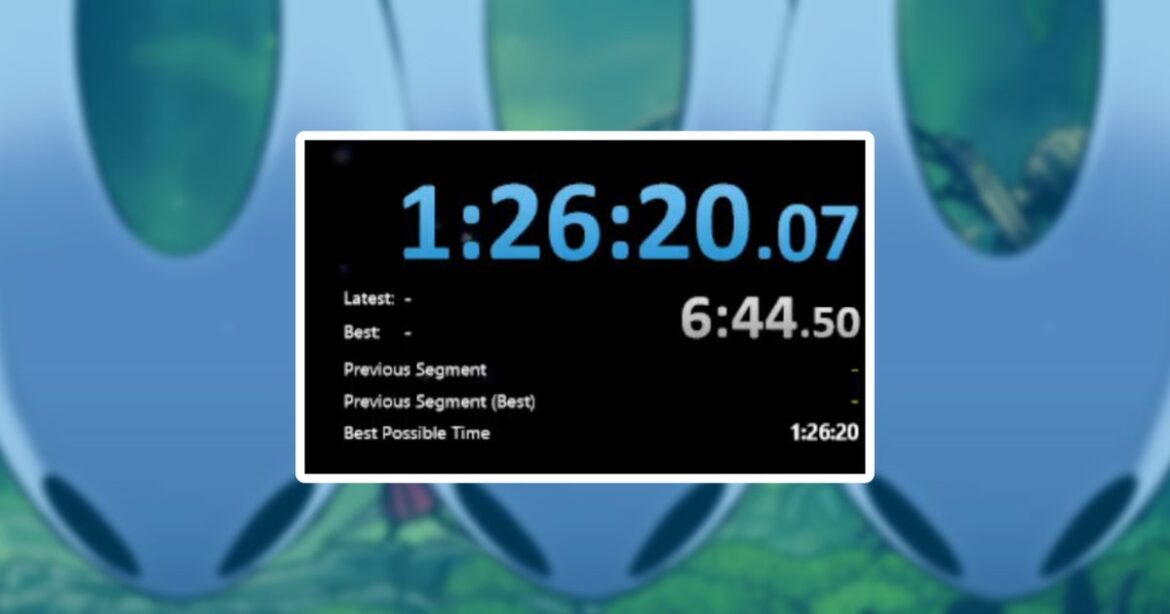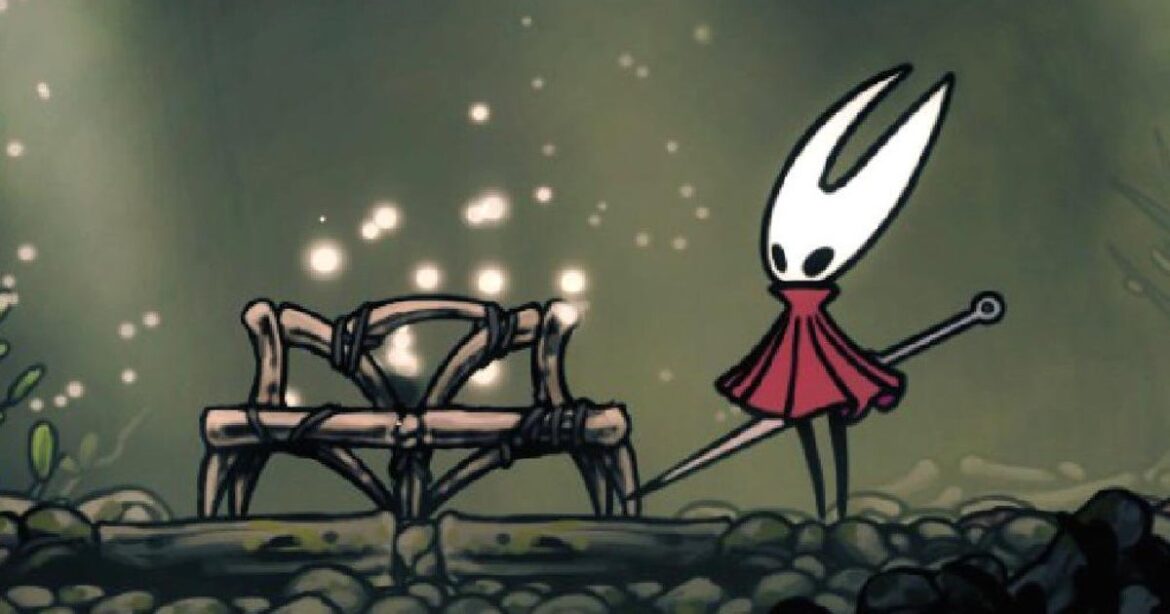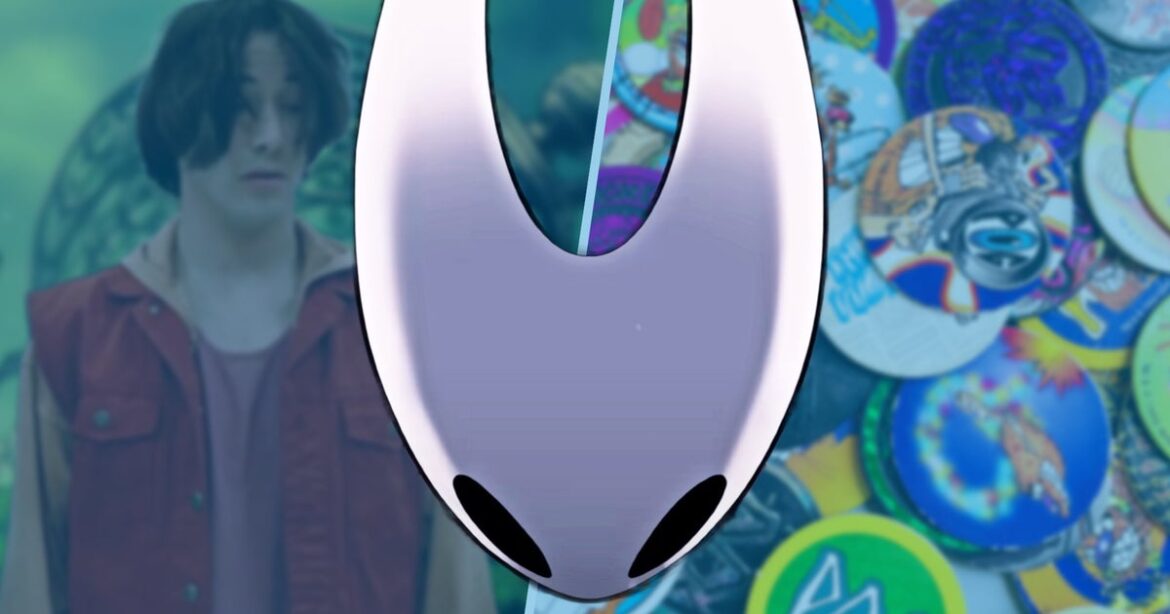A skilled player has managed to beat every boss in Hollow Knight: Silksong without taking damage, as seen in their YouTube video.
If you’ve been playing Hollow Knight: Silksong, chances are you’re already familiar with how frustrating the new release can be at times. The game itself is notoriously brutal, to the point where a portion of players have resorted to using mods to make their playthrough easier.
While it’s safe to say a lot of us are struggling, a YouTuber who goes by the name CrankyTemplar clearly isn’t. In fact, they’ve already managed to overcome an extremely hard feat, defeating all the bosses in the game without taking a single hit.
Article continues after ad
It’s only been a little over a week since the game was released, but this player showed they were more than ready for the challenge.
Hollow Knight: Silksong player beats every boss without a scratch
CrankyTemplar started uploading videos of them beating separate Silksong bosses, and just recently, mixed them all into one nearly two-hour compilation.
Article continues after ad
From the early game bosses to Seth, a boss that was designed by a fan who passed away, he managed to include them in the video and showcased how he’s able to deal with them flawlessly.
Article continues after ad
In the majority of the fights, Hornet can be seen only using her needle with the Clawline ability. The YouTuber also used a mix of tools to get through some of the trickier fights.
While many ran to the comments to compliment the creator following this video, they did claim they went through some frustrating “runbacks.” So, this hitless attempt wasn’t exactly a flawless run, given that something like this “usually involves quite a bit of tries to succeed [sic].”
Article continues after ad
Still, they claimed that the title is a fantastic game and were glad to play it. Additionally, noting that there’s definitely room to improve with these boss fights, they said they’ll look forward to trying Steel Soul mode community-created challenges in the future where a single death means a complete do-over from the start of the game.
Article continues after ad



